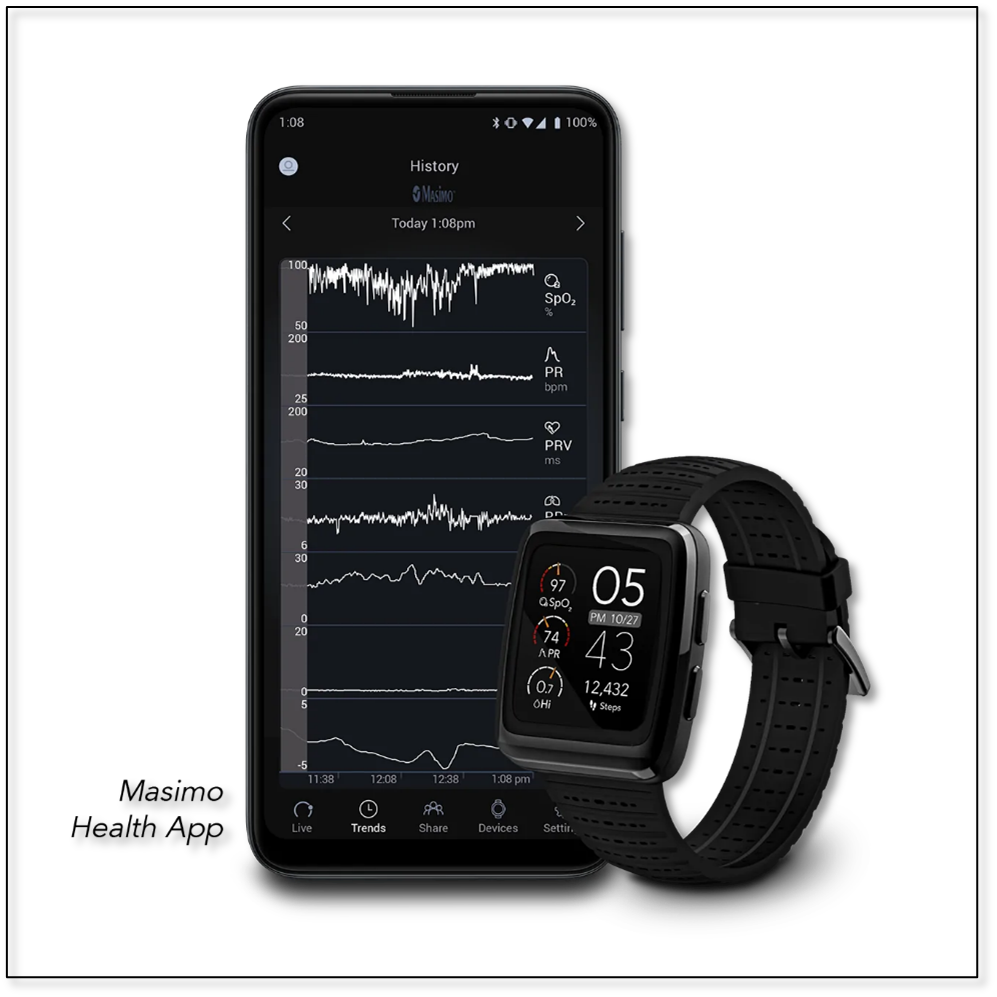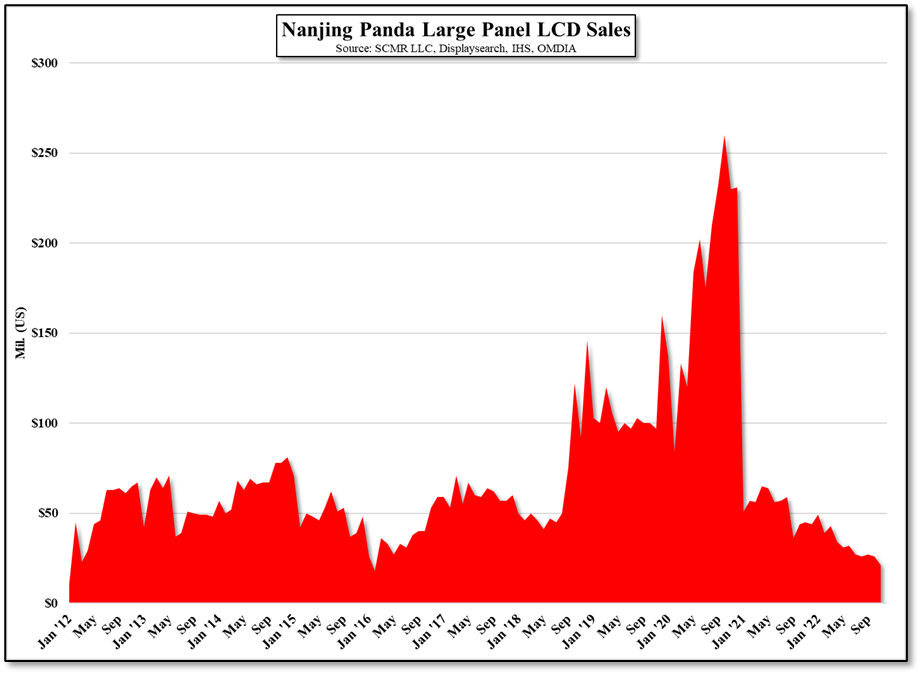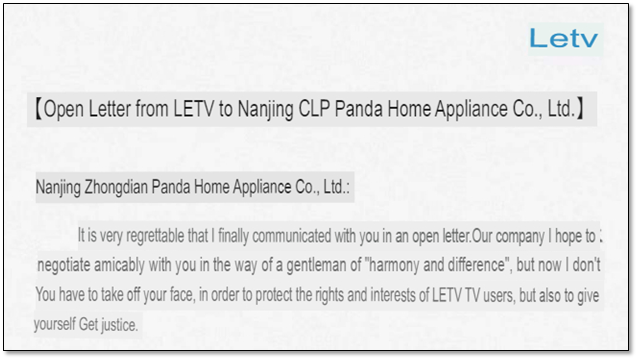Apple Loses Round 1 in Watch Pulse Ox Case
Masimo has been seeking an order from the US ITC barring the importation of the Apple Series 6 watch or components and any other wearable devices that use light-based pulse oximetry from Apple. The company alleged that Apple has infringed on one or more of 5 patents held by Masimo, as has requested a cease and desist order prohibiting Apple from ‘engaging in the importation, sale for importation, marketing and/or advertising, distribution, offering for sale, sale, testing, use after importation, sale after importation, or other transfer within the United States of those devices and components.’ The suit goes on to specify that the Series 6 watch claims to measure blood oxygen, giving it ‘the appearance of a medical device’ but hid the fine print that indicated that the blood oxygen measurements should not be relied upon for medical purposes, which the suit alleges is concerning to public health and safety.
While the initial final ruling is confidential, all 343 pages of it, we believe the judge ruled that Apple had violated one of Masimo’s patents which puts the importation of the Apple Watch 6 in jeopardy, although the remaining 4 patents were clear of violations. What makes this case a bit unusual is that last November the US District Court for the Central District of California ruled that Dr. Marcelo Lamego, a Masimo engineer that also served as the CTO at Ceracor, a Masimo spin-off, was guilty of violating his employment agreements concerning confidentiality, having stolen multiple Masimo trade secrets, when he left the company in 2014 to work for Apple. , eventually starting his own company that developed a wireless wearable pulse oximeter. The ruling force Dr. Lamego to abandon 12 patent applications that contained Massimo trade secrets and enjoined the sale of his company’s wireless devices, as the trade secrets were the foundation for the device’s sensing features.
While the case remains open with Apple, there is an investigation as to the relationship between Apple CEO, Tim Cook and Dr. Lamego, with attorneys for the plaintiff requesting that Mr. Cook testify in court in March, while Apple is requesting a full review by the ITC. It is not an easy task to get the courts to take such drastic action as to stop the importation of a popular consumer device, but Masimo has at least one the first round in what will likely be a drawn out battle. In the interim, Masimo says it will take on Apple in the consumer market by providing an ‘accurate and continuous health tracking’ device of its own to the public, as seen in Figure 1.





 RSS Feed
RSS Feed